Nature is full of surprises, from familiar landscapes to the sky’s endless wonders. However, some natural events are so rare and perplexing that even scientists struggle to explain them. These occurrences, from mysterious glowing waters to clouds that seem to defy physics, give us a glimpse into the Earth’s most elusive secrets. Some of these phenomena appear only in specific regions or under exact conditions, making them all the more magical when they do happen. Each one serves as a reminder of how much we still have to learn about our planet.
Ball Lightning
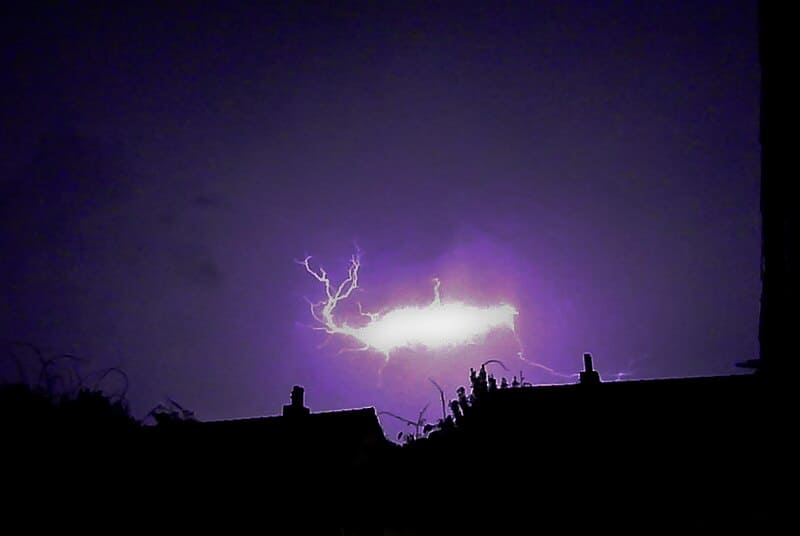
Ball lightning is a rare atmospheric phenomenon often described as a glowing sphere that appears during thunderstorms. These luminous balls, sometimes the size of a grapefruit, have mystified scientists for centuries due to their unpredictable appearance and unusual behavior. Observers report that it can last for several seconds, sometimes even moving around before disappearing or exploding. Some instances have left a sulfur-like smell, further baffling experts about its origin and composition. While many theories, from plasma to chemical reactions, attempt to explain it, no consensus exists on what causes ball lightning. Its rarity and transient nature make it hard to study, leaving much about it in mystery. The phenomenon has reportedly been fatal in some instances, adding a haunting layer to its intrigue.
Catatumbo Lightning

Catatumbo lightning is an intense and nearly continuous lightning storm occurring over the Catatumbo River in Venezuela. Known as the “everlasting storm,” it lights up the sky for up to 10 hours nearly every night. Scientists believe that unique geographical conditions, such as moist Caribbean air meeting cold Andean winds, may explain the lightning frequency. Despite the theories, the persistence of this lightning and its high energy output remain largely unexplained. It produces an astonishing 1.2 million lightning strikes per year, replenishing Earth’s ozone layer through nitrogen oxides. The storm’s consistency challenges meteorological principles, making it one of the world’s most studied yet mysterious phenomena. Locally, it’s known as the Maracaibo Beacon, serving as a natural lighthouse for sailors.
Bioluminescent Waves
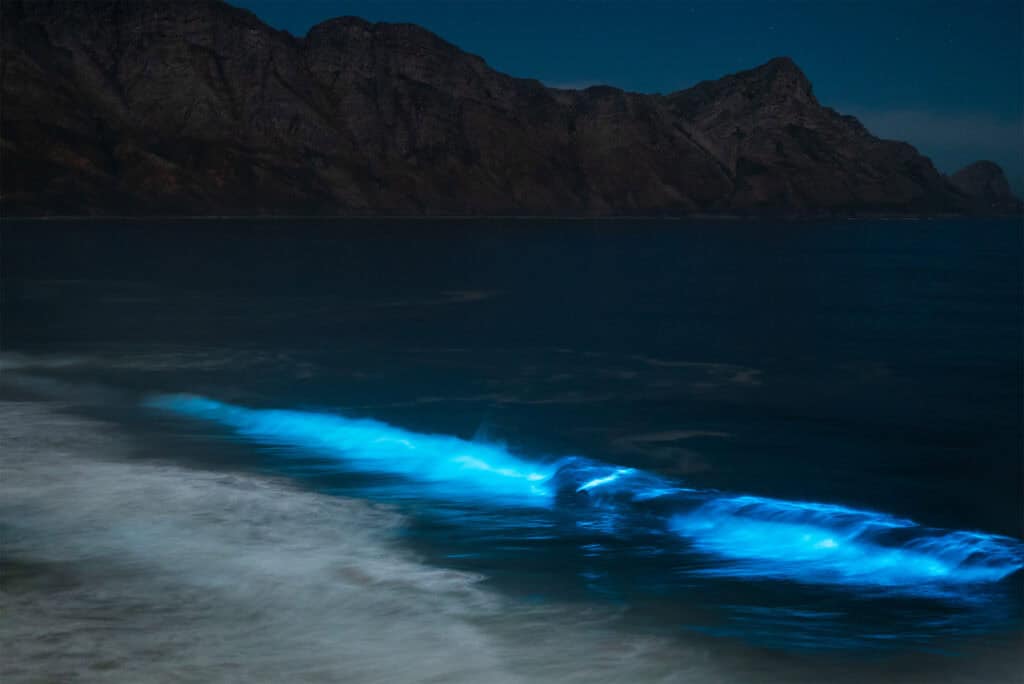
Bioluminescent waves, often seen on beaches like Vaadhoo Island in the Maldives, glow a brilliant blue when disturbed. This surreal effect is caused by bioluminescent phytoplankton that emit light as a defense mechanism. Although science understands the biochemical reactions behind the light, the large-scale coordination of these tiny organisms is puzzling. The glowing effect has been observed worldwide, but certain locations like the Maldives produce the brightest displays, likely due to nutrient-rich waters. Scientists continue to investigate how environmental factors influence this phenomenon’s intensity and frequency. Swimmers and waves disturbing the plankton create patterns that look like stars, creating a mesmerizing scene. This natural phenomenon remains a highlight for ocean researchers and tourists alike.
The Boiling River
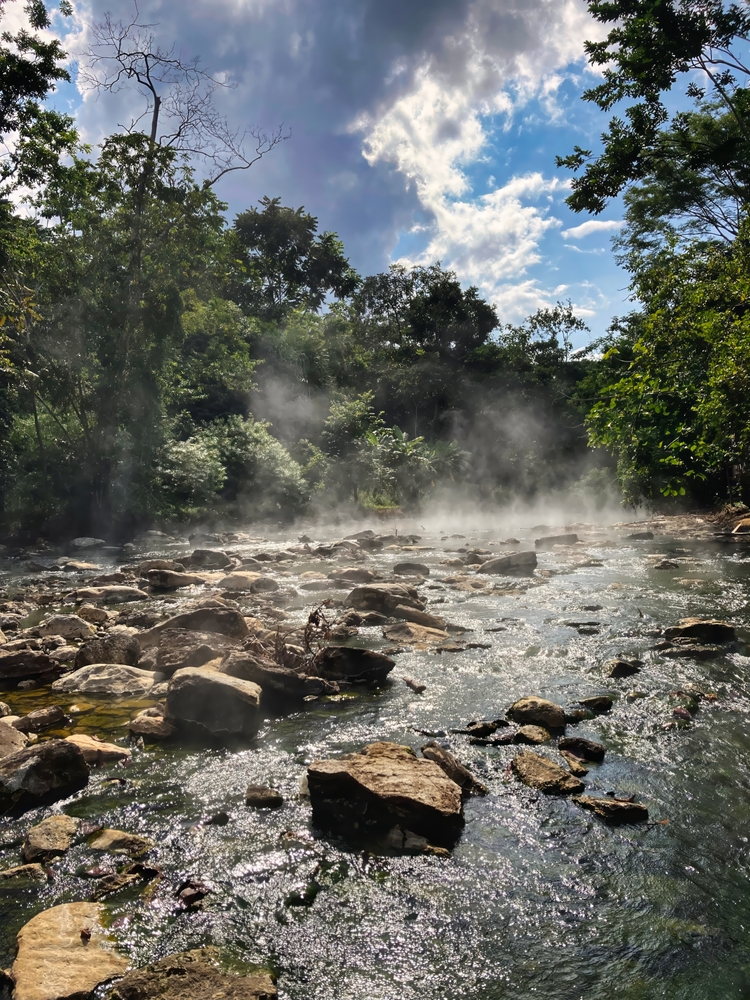
Deep in Peru’s Amazon, the Boiling River reaches near-boiling temperatures without any volcanic activity nearby, challenging geological expectations. Known locally as Shanay-Timpishka, meaning “boiled by the sun,” it heats up to 203°F, capable of scalding anything that enters it. Geoscientists like Andrés Ruzo have found geothermal activity to be the heat source, but its location, far from volcanic zones, remains perplexing. Locals regard the river as a spiritual site, attributing its heat to supernatural forces. Despite ongoing studies, the precise mechanism bringing geothermal heat to its surface is still unclear. It stretches nearly four miles, making it an enduring mystery in thermal dynamics.
Sailing Stones of Death Valley
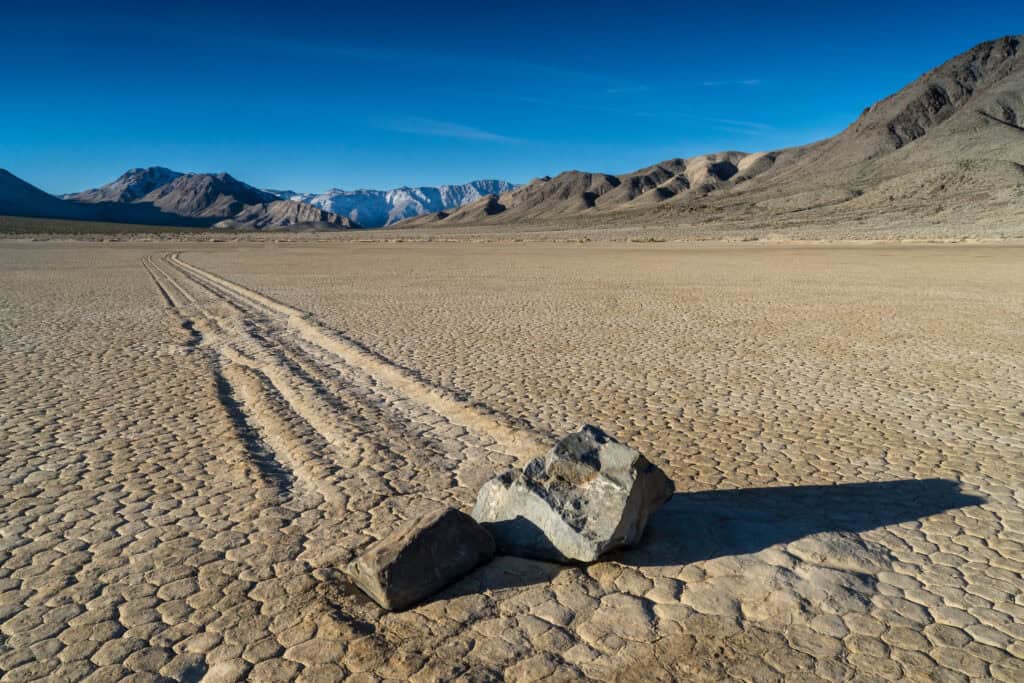
In California’s Death Valley, stones seemingly move across the desert floor, leaving long trails in the dirt without human or animal interference. Known as the “sailing stones,” their movement was first recorded in the early 20th century and has confounded scientists ever since. Some researchers suggest thin layers of ice form under the stones, allowing them to slide with the wind, though this doesn’t explain all instances. No one has directly observed the stones in motion, adding to their mystery. GPS tracking has shown that the rocks move unpredictably, sometimes stopping entirely. Their slow yet strange migration continues to be studied, but no definitive answer exists. The phenomenon highlights Death Valley’s unusual environmental interactions and the patience required in geological research.
Fire Rainbows
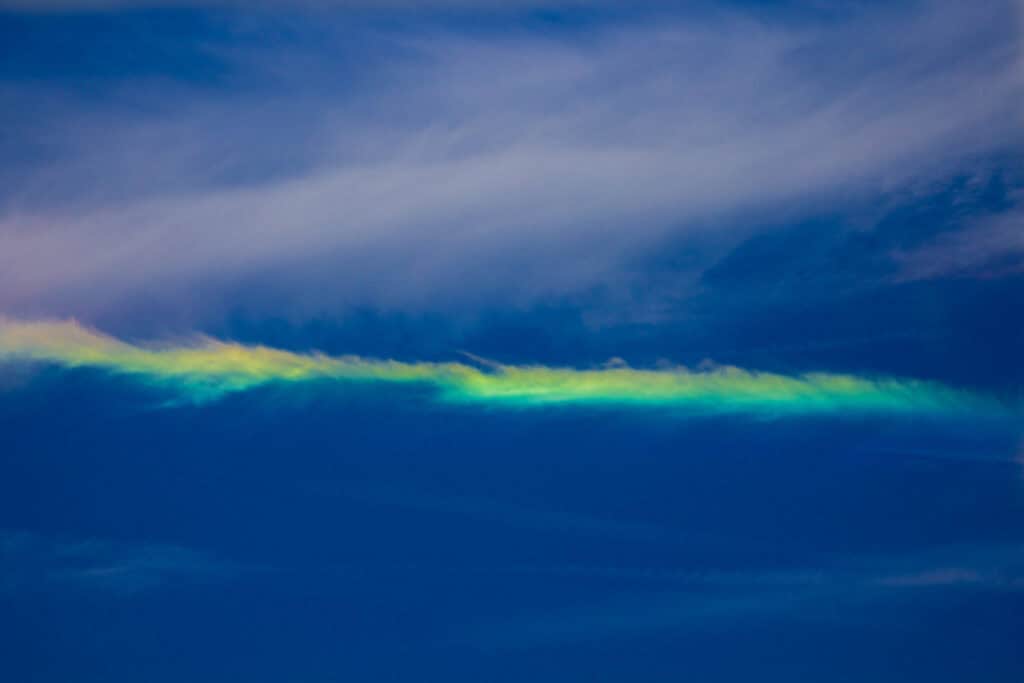
Fire rainbows, or circumhorizontal arcs, form when sunlight refracts through hexagonal ice crystals in high-altitude cirrus clouds. Despite its colorful name, this phenomenon isn’t a rainbow or fire; it’s a complex optical effect that appears flame-like. The ice crystals must align precisely, and the sun must be at an elevation of at least 58° to create this effect. Such specific conditions make fire rainbows a rare sight, primarily seen in certain latitudes during summer. The vibrant colors can last for only a few minutes before disappearing, making it a fleeting spectacle. Although we understand how it forms, why these precise conditions happen so rarely is less clear. This awe-inspiring event remains one of nature’s most enigmatic light shows.
Morning Glory Clouds
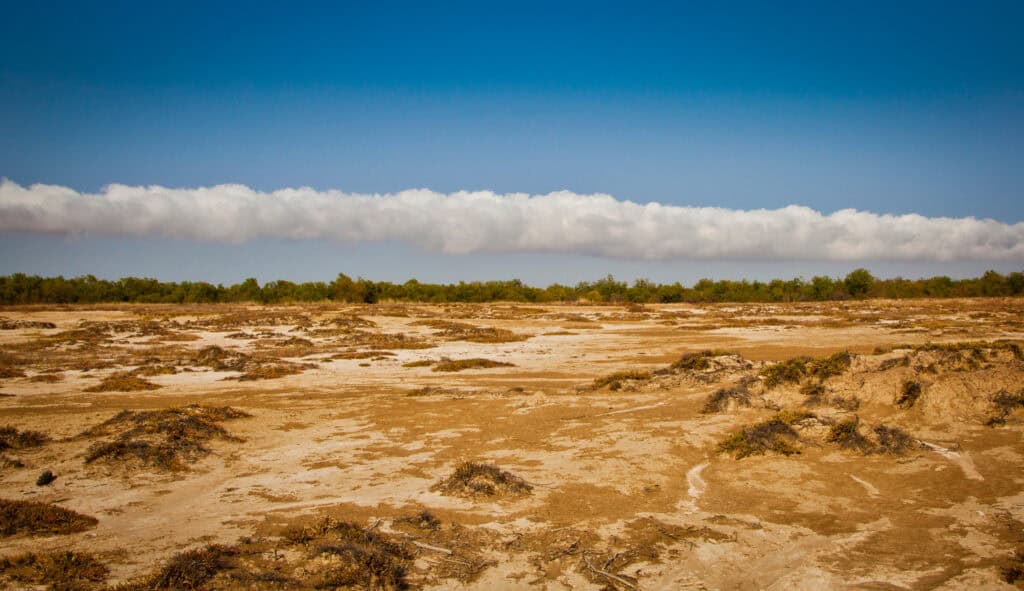
Morning Glory clouds are tubular, rolling cloud formations most commonly seen over Australia’s Gulf of Carpentaria. These clouds can stretch over 600 miles and appear at low altitudes, often creating turbulent conditions for airplanes. Their formation is attributed to a clash of warm and cool air masses, but why this happens predictably each spring remains unknown. While similar clouds occasionally form elsewhere, the frequency and scale of Morning Glory clouds in this area remain unexplained. The phenomenon draws meteorologists and thrill-seekers alike who come to experience its beauty and power. Although theories of pressure waves and temperature inversions exist, no full explanation captures the cloud’s regularity and dramatic form. These clouds exemplify how atmospheric dynamics still hold mysteries for science.
Sun Dogs
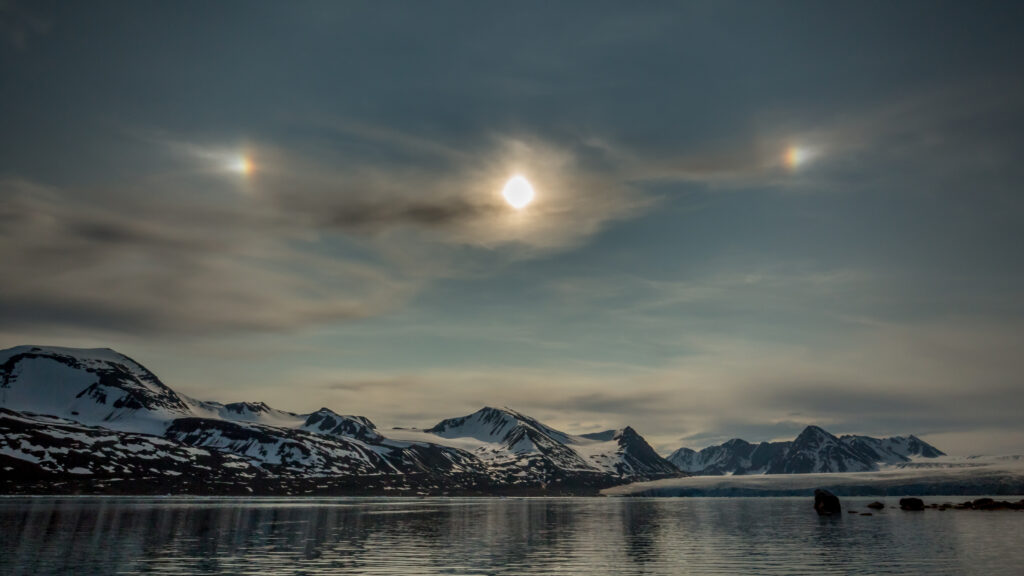
Sun dogs create bright spots on either side of the sun, making it appear as if there are multiple suns in the sky. This phenomenon occurs when sunlight refracts through ice crystals in the atmosphere, forming bright halos. While atmospheric optics can explain part of their creation, the intensity and color variation in sun dogs are less understood. They are typically visible when the sun is low in the sky, usually during sunrise or sunset in cold regions. They can be seen worldwide, but the right atmospheric conditions make them rare and spectacular. Scientists are studying how different ice crystal shapes and sizes affect sun dog formation. This optical marvel continues to mystify viewers with its celestial appearance.
The Singing Sand Dunes

Singing sand dunes emit a deep hum or roar when the sand shifts, creating a musical effect. Found in desert locations worldwide, this phenomenon has puzzled scientists for centuries. The sound’s cause is linked to the size and moisture content of the sand grains, but the exact mechanisms remain elusive. Studies suggest that only specific grain compositions produce sound, yet not all dunes sing, even under similar conditions. Different theories propose that vibrations between sand layers cause the sound, but none have been conclusively proven. The sound can vary based on dune shape and climate, adding complexity to the phenomenon.
Desert Roses

Desert roses are crystal formations resembling flowers, found in desert regions like the Sahara and parts of the American Southwest. They form under specific conditions of mineral-rich water evaporating and sand compacting around gypsum or barite. Despite our knowledge of crystal formation, the delicate and unique rose shape remains largely unexplained. Some believe the intricate shapes result from regional mineral compositions, but variations make this theory insufficient. Their beautiful formations add mystery to the barren landscapes where they appear. Researchers continue to study how subtle environmental changes might influence their formation. These delicate “flowers” of stone serve as reminders of nature’s unexpected artistry.
The Skypunch
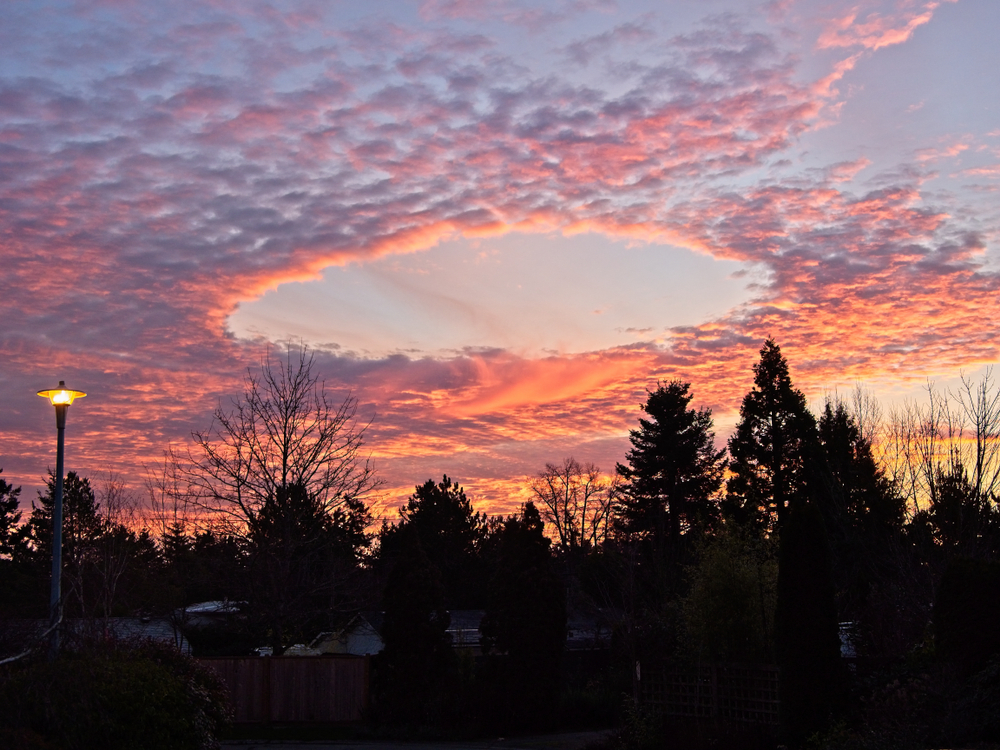
Skypunch, or punch hole clouds, occur when ice crystals form in supercooled cloud layers, causing water droplets to evaporate and leave large gaps. This rare event creates a surreal, almost artificial-looking hole in the sky. The phenomenon is understood partially through the Bergeron process, but why only certain clouds are affected remains unknown. These clouds are unpredictable, with few documented occurrences worldwide, making them a target of atmospheric research. Their shape and size vary, adding another layer of complexity to their study. Some observers liken skypunch clouds to “portals,” adding intrigue to this rare sight.
Mammatus Clouds
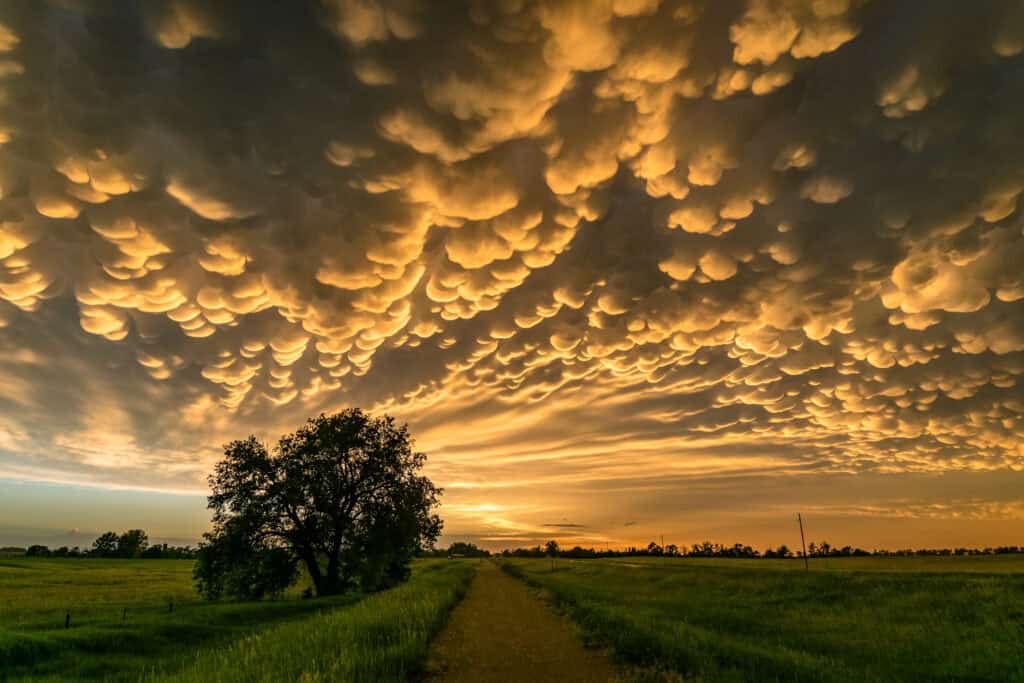
Mammatus clouds are pouch-like structures that hang from the underside of thunderstorm clouds, creating a dramatic sky display. Unlike most clouds that form from rising air, these result from sinking air, challenging basic cloud formation principles. Their exact formation process is unclear, with various hypotheses focusing on moisture content and temperature fluctuations. They are often seen before severe weather, but not exclusively, adding to their unpredictability. Their unique texture and rarity have made them a subject of fascination for storm chasers. Studying these clouds may one day provide insights into severe weather patterns.
This article originally appeared on Rarest.org.
More from Rarest.org
12 Rare Mammals That Live in the World’s Tallest Mountains

High-altitude regions around the world are home to some of the most unique and uncommon mammals on the planet. They have adapted to survive in the harsh, cold, and rugged environments of the world’s tallest mountains. Read More.
10 Exotic Island Birds Found Nowhere Else on Earth

Islands are home to some of the most unique and fascinating birds on Earth, many of which can’t be found anywhere else. These exotic island birds have evolved in isolation, adapting to their specific environments, making them truly one-of-a-kind. Read More.
18 Rare and Exotic Fruits You Can Grow at Home

Growing your own exotic fruits at home is an exciting way to add rare flavors to your garden. Many of these fruits offer unique tastes that are hard to find in stores. Read More.
